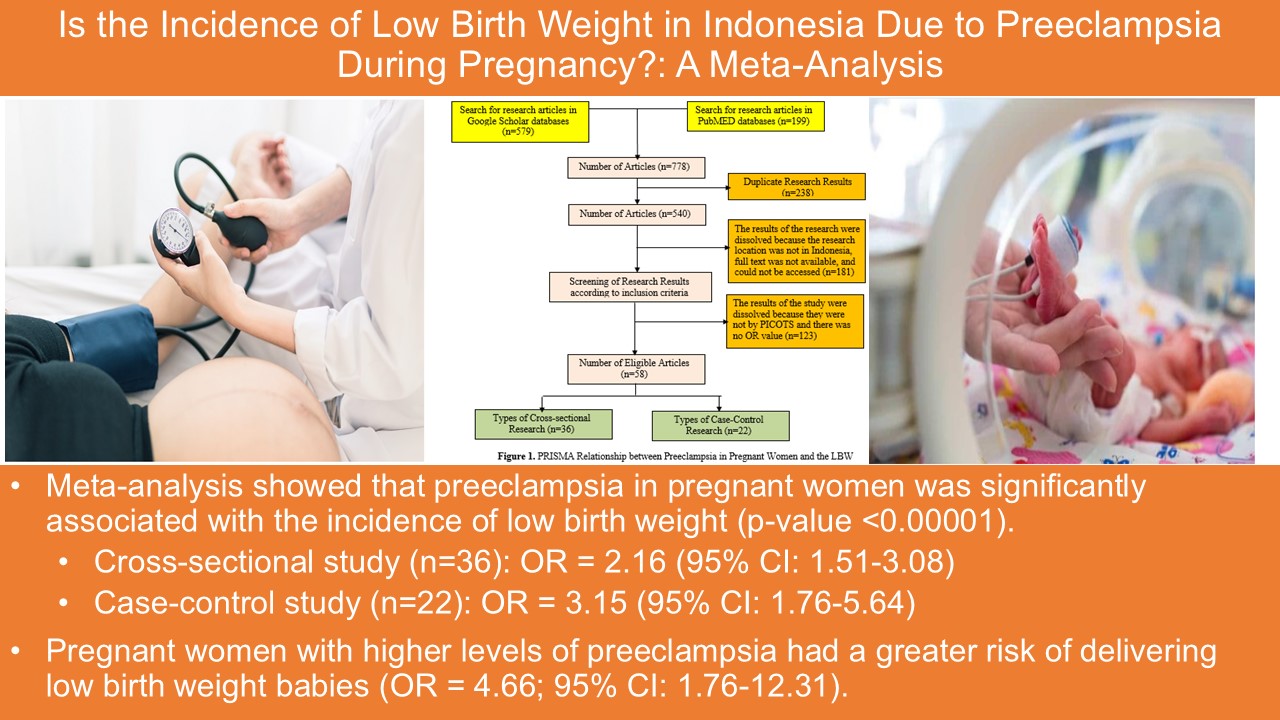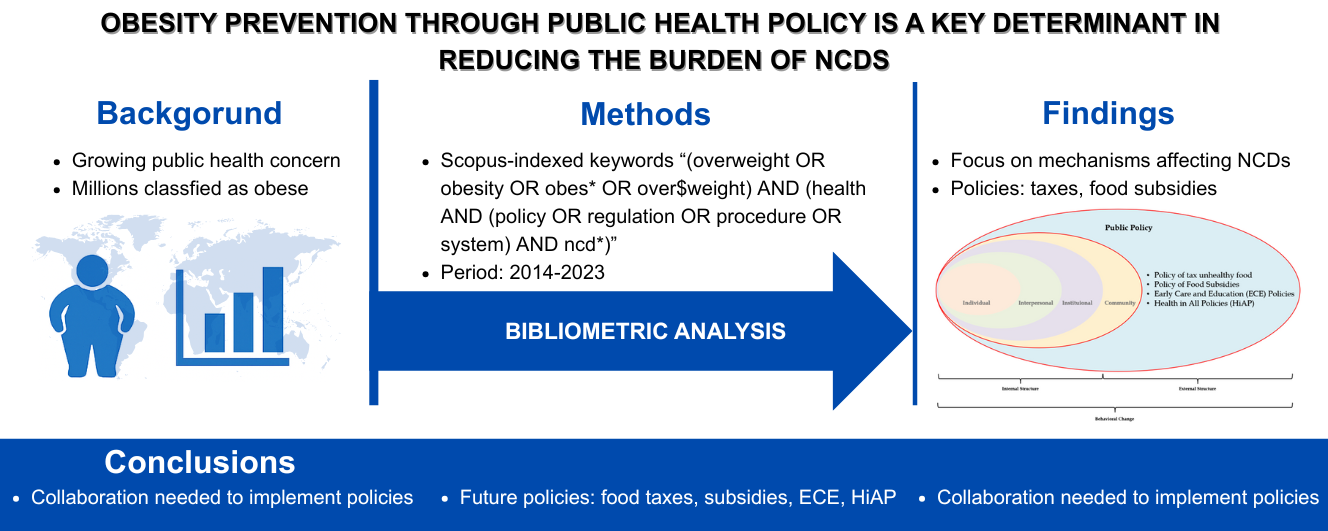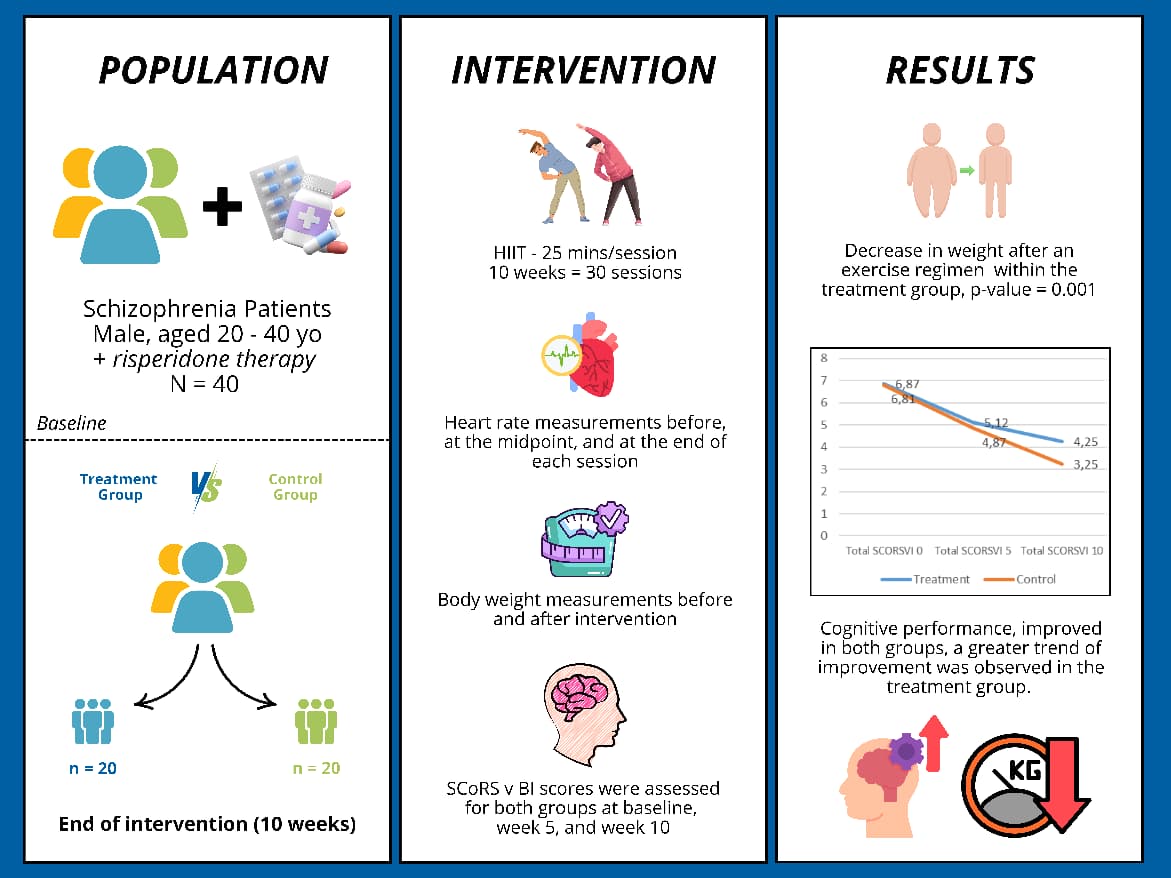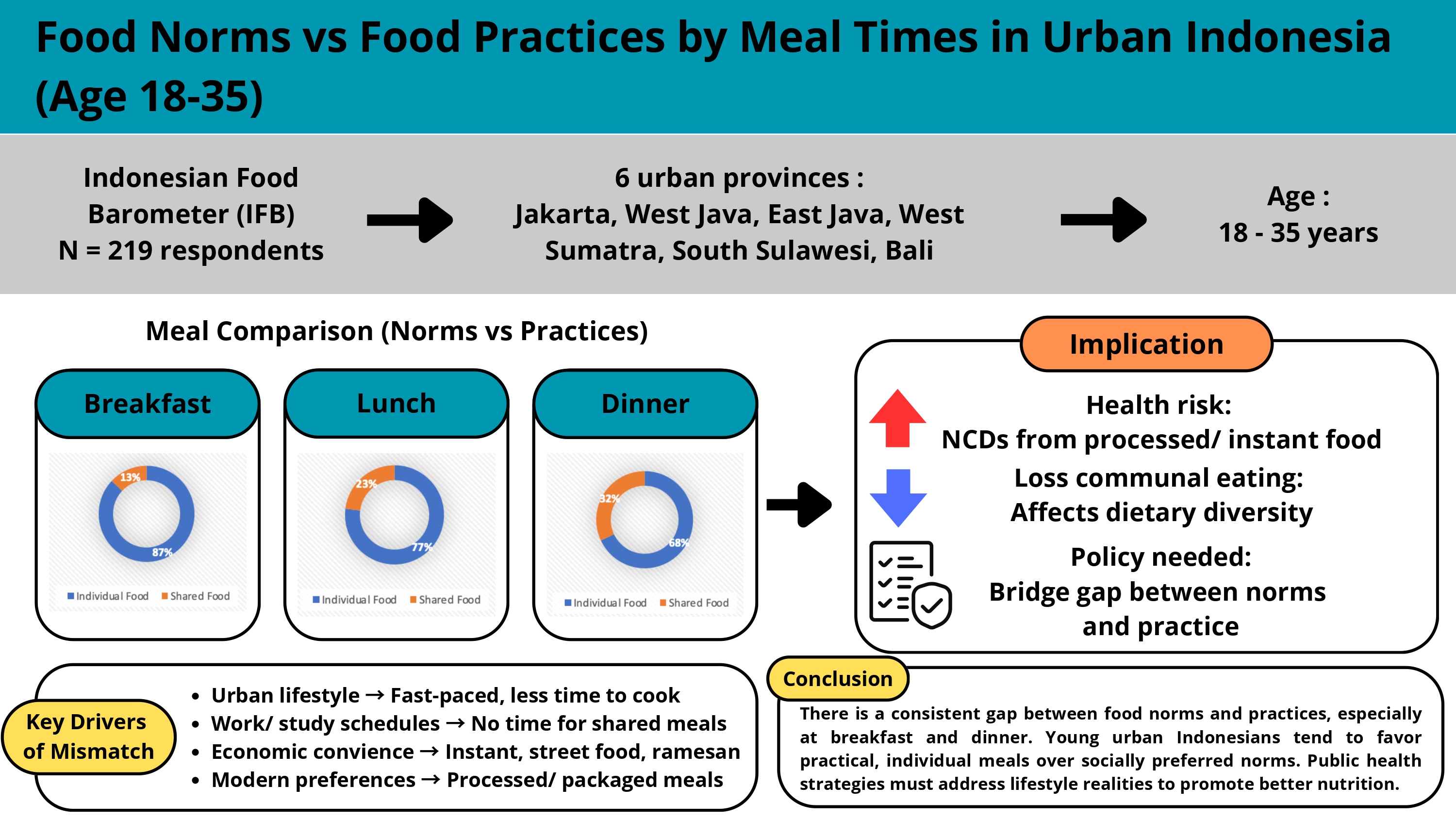ANALISIS RISIKO KEJADIAN BERAT BAYI LAHIR RENDAH (BBLR) PADA PRIMIGRAVIDA
Downloads
Low birth weight (LBW) babies still become a problem in developing countries. LBW increase risk of mortality and morbidity. The prevalence of LBW in Probolinggo increased from 2011 to 2013. This study aims to analyze risk factors related to LBW in primigravidae. This study used case control design and purposive sampling technique. The variables include age of pregnant mothers, mother's education level, family income, gestational age, frequency and quality of antenatal care, and food taboo. Data was analyzed using chi-square and multivariate regression logistic (α=0.05). Factors associated to LBW were the gestational age (p=0.000), age at pregnancy (p=0.030), and level of education (p=0.023). Regression logistic analysis showed that gestational age is a risk factor of LBW (OR= 66; CI 95% 8.197 to 531,391). Mother who gave birth at the age of preterm (<37 weeks gestation) have 66 times greater risk of having LBW baby in primigravidae compared to mothers who gave birth at the age of aterm. Mothers and brides' woman are expected to avoid pregnancy at risk age (<20 years and >35 years) and the socialization of risk factors related to high risk of pregnancy is needed to reduce the risk of LBW.
Keywords: gestational age, low birth weight, primigravidae
Bako, B., Umaru I., Geindam, A.,D., & Garba, M., A. (2013). Pregnancy outcome in elderly primigravidae at the University of Maiduguri Teaching Hospital, Maidugurui, Nigeria. Internatuional Journal of Medicine and medical Science, Vol 3(7), 476-480. Diakses dari www.internationalscholarsjournals.org
BKKBN. (2012). Pernikahan dini di Kabupaten Probolinggo masih tinggi . Diakses dari http://www.bkkbn.go.id/ViewBerita. aspx?BeritaID=998.
Dinkes Kabupaten Probolinggo. (2013). Profil Kesehatan Kabupaten Probolinggo Tahun 2012. Probolinggo: Dinas Kesehatan Kabupaten Probolinggo.
Dinkes Provinsi Jawa Timur. (2013). Profil Kesehatan Provinsi Jawa Timur Tahun 2012. Surabaya: Dinas Kesehatan Provinsi Jawa Timur.
Ernawati, F., Kartono, J., Puspitasari, S. (2011).Hubungan Antenatal Care dengan Berat Badan Lahir Bayi di Indonesia (Analisis Lanjut Data Riskesdas 2010. Gizi Indon 2011, 34(1), 23-31. Diakses dari http://ejournal.persagi.org/go/index.php/Gizi_Indon/article/viewFile/98/95. Festy, P. (2011). Analisis Faktor Risiko Pada Kejadian Berat Badan Lahir Rendah di Kabupaten Sumenep. Jurnal Fakultas Ilmu Kesehatan UM Surabaya. Diakses dari http:// digilib.unimus.ac.id/download.php?id=16387.
Haryati, N., Sulandari, W.,& Muslich. (2012). Analisis Faktor-Faktor yang Memengaruhi Berat Badan Bayi Saat Lahir di Kota Surakarta Menggunakan Metode Pohon Regresi. Prosiding Seminar Nasional Matematika Tahun 2012. Diakses dari http://math.mipa.uns.ac.id/assets/
proceeding/189195_Revisi%20Nina%20 Haryati_18des12%202003.pdf
Jones, D.,W., Weiss, H.,A., Chagalucha, J.,M., Tood, J. (2007). Adverse birth outcomes in united republic of Tanzania – impact and prevention of maternal risk factor. Bulletin of The World Health Organization, 85 (1). Diakses dari http://www.ncbi.nlm.nih.gov/pmc/articles/ PMC2636214/
Katharina, K., & Oktaviani, I. (2011). Faktor - Faktor yang Memengaruhi Berat Badan Bayi Lahir di Kabupaten Lampung Tengah Tahun
Jurnal Kesehatan "Metro Sai Wawai”, Vol IV, No.2.
Kemenkes RI. (2014). Profil Kesehatan Indonesia Tahun 2013. Jakarta: Kementrian Kesehatan Republik Indonesia.
Kosim. (2012). Buku Ajar Neonatologi. Jakarta: Badan Penerbit IDAI.
Mainase. (2005). Hubungan antara Faktor Ibu Hamil dengan Kejadian Bayi berat badan lahir rendah di RSUD DR. Haulussy Ambon-Maluku (Unpublished master 's thesis). Universitas Airlangga, Surabaya
Manuaba. (2012). Ilmu Kebidanan, Penyakit Kandungan dan Keluarga Berencana Untuk Pendidikan Bidan. Jakarta: EGC.
Mutihir, J.T., & Maduka, W.E. (2006). Comparasion of pregnancy outcome between teenage and oldere primigravidae in Jos University Teaching Hospital, Jos, north-Central Nigeria. Annals of African Medicine, Vol 5, No 2, 101-106. Diakses dari www.ajol.info/index.php/aam/article/ viewFile/8384/13986
Paska. (2006). Kelainan Periodontal Maternal Sebagai Faktor Risiko Terjadinya Bayi Berat Lahir Rendah Kurang Bulan. Diakses dari http://eprints.undip.ac.id/20556/1/PAska.pdf
Pojda., & Kelley. (2000). Low Birthweight: Report of a Meeting in Dhaka, Bangladesh, 14-17 June 1999. Ganeva: ACC/SCN.
Prianita, A.,D. (2011). Pengaruh faktor usia ibu terhadap keluaran maternal dan perinatal pada persalinan primigravida di RS DR. Kariadi Semarang periode tahun 2010. Diakses dari http://eprints.undip.ac.id/32864/
Rahmi., Arsyad., & Rismayanti. (2014). Faktor- Faktor yang Berhubungan dengan Kejadian Bayi Berat Badan Lahir Rendah Di RSIA Pertiwi Makassar. Jurnal Epidemiologi FKM Universitas Hasanudin. Diakses dari repository. unhas.ac.id/.../RAHMI DKK.%20K11110290. pdf
Sholihah, L., A., & Sartika, R., A., D. (2014).Makanan Tabu pada Ibu Hamil Suku Tengger. Jurnal Kesehatan Masyarakat Nasional, Vol. 8, No. 7. Diakses dari http://jurnalkesmas.ui.ac.id/index.php/kesmas/article/viewFile/372/371
Sulistiani, K. (2014). Faktor Risiko Kejadian Bayi Berat Lahir Rendah (BBLR) di Wilayah Kerja Puskesmas Kota Tangerang Selatan Tahun 2012-2014 (Skripsi, Universitas Islam Negeri Syarif Hidayatullah, Jakarta). Diakses dari http://repository.uinjkt.ac.id/dspace/ bitstream/123456789/25575/1/KARLINA%20SULISTIANI%20-%20FKIK.pdf
Sumarmi, S. (2014). Report Preconceptual Suplementation of Multiple Micronutrient to Improve Maternal Iron Status And Prgenancy Outcome (Unpublished master 's thesis). Universitas Airlangga, Surabaya.
Watcharaseranee. (2006). The incidence and complications of teenage pregnancy at Chonburi Hospital. J Med Assoc Thai, 89 (4), S118
-123.
Wati, L.,K. (2012). Hubungan antara preeklampsi/ eklampsi dengan kejadian berat lahir rendah (BBLR) di RSUD Dokter Soedarso Pontianak tahun 2012. Diakses dari jurnal.untan.ac.id/index.php/jfk/article/view/4163
WHO & UNICEF. (2013). Improving Child Nutrition The Achievable Imperative For Global Progress. New York: UNICEF. Diakses dari www.unicef.org/publications/index.html
Widiyastuti, P. (2009). Faktor-Faktor Risiko Ibu Hamil yang Berhubungan dengan Kejadian BBLR Studi Kasus di Wilayah Kerja Puskesmas Ampel 1 Boyolali Tahun 2008 (Unpublished undergraduate thesis). Universitas Negeri Semarang, Semarang).
- MEDIA GIZI INDONESIA Journal is the copyright owner of all materials published on this website.
- The formal legal provisions for access to digital articles of this electronic journal are subject to the terms of the Creative Commons Attribution-NonCommercial-ShareAlike license (CC BY-NC-SA 4.0), which means that MEDIA GIZI INDONESIA Journal and readers reserve the right to save, transmit media / format, manage in database, maintain, and publish articles as long as it continues to include the name of the Author.
- Printed and published print and electronic manuscripts are open access for educational, research and library purposes. In addition to these objectives, the editorial board shall not be liable for violations of copyright law.


2.png)





















